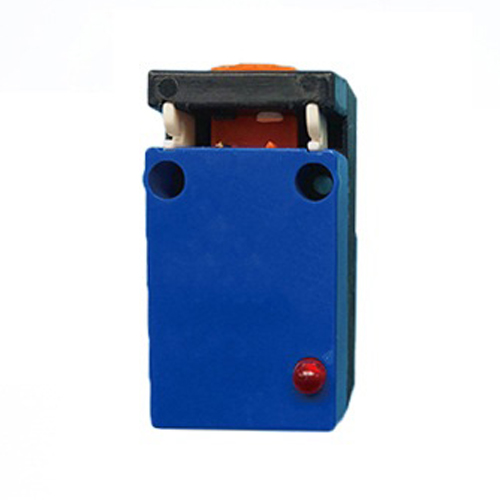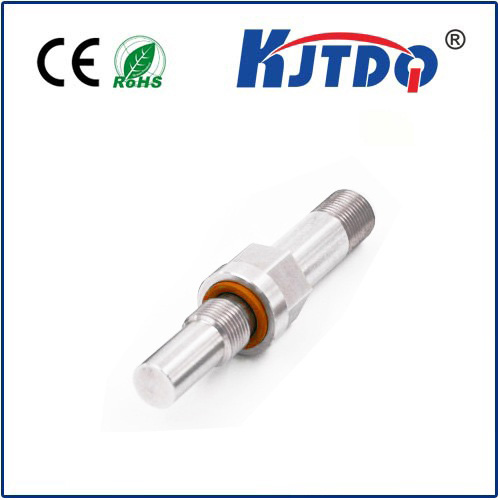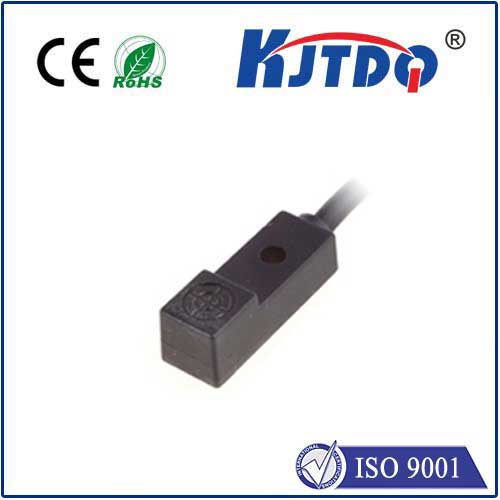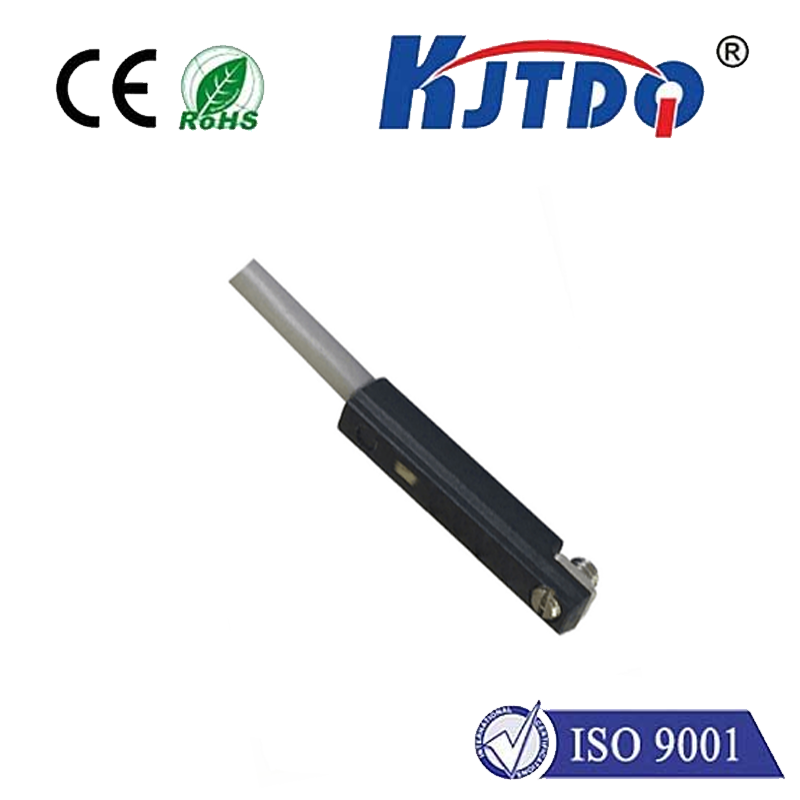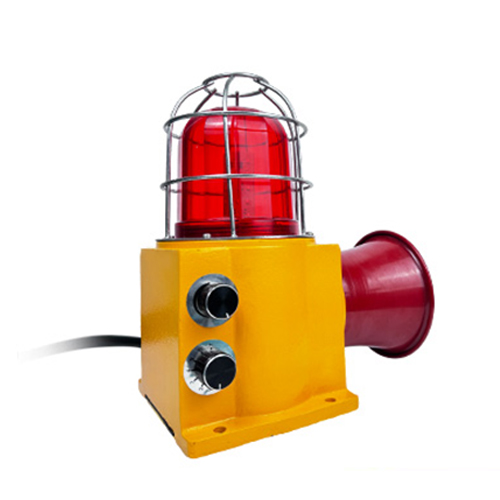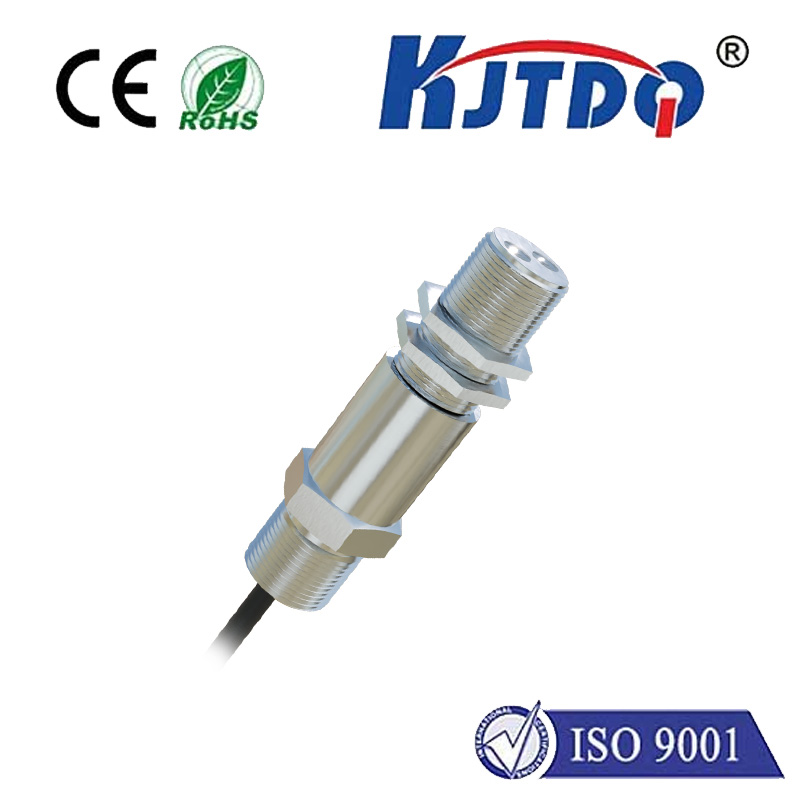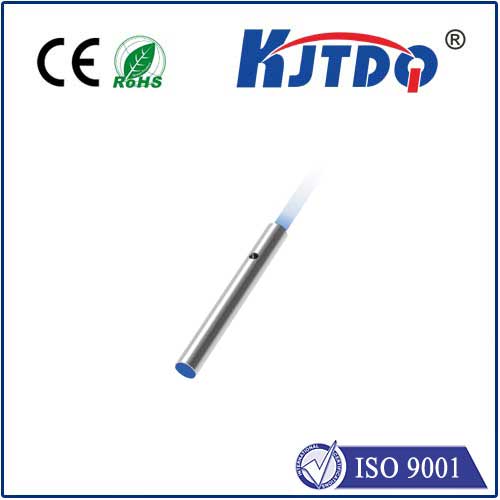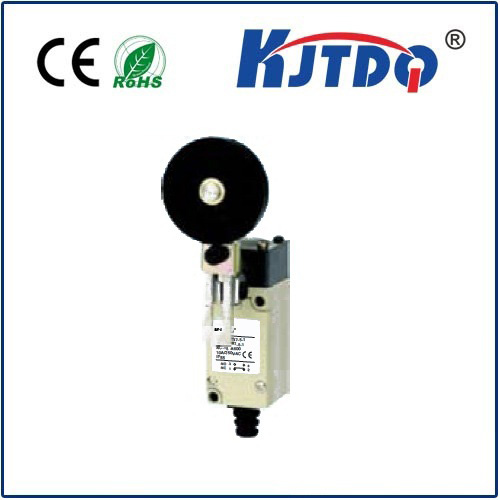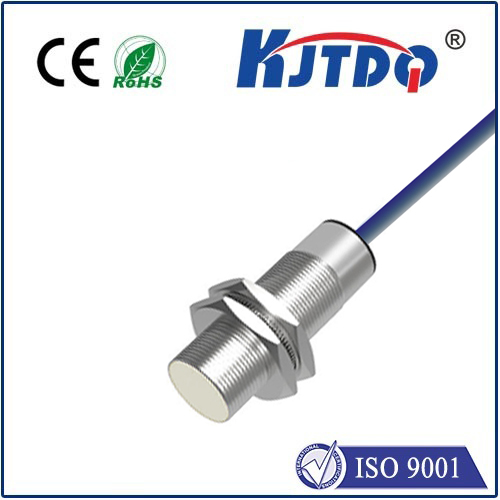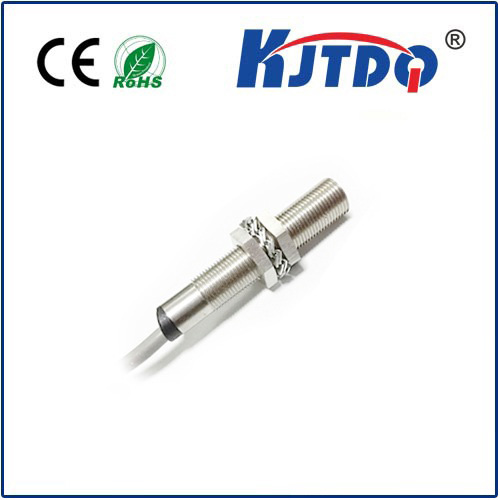Приближающиеся датчики.
- time:2025-07-04 03:07:02
- Нажмите:0
Find the Right Proximity Sensor Near You: A Local Sourcing Guide
That little magic trick your phone performs when you lift it to your ear—muting the screen instantly? Or the automatic faucet that turns on as your hands approach? These seamless, touchless interactions are powered by the unsung hero of modern electronics: датчик приближения. Whether you’re a maker tinkering in your garage, a maintenance tech troubleshooting a production line, or a procurement specialist sourcing components, the question “Приближающиеся датчики.” likely arises when you need one quickly and reliably. Understanding your options for sourcing these essential components locally can save valuable time and streamline your project.
Understanding the Proximity Sensor Universe
At its core, a proximity sensor is a device that detects the presence, absence, distance, or movement of nearby objects without physical contact. They achieve this feat through various underlying technologies, each suited to specific applications and environments:
- Inductive Sensors: Detect ferrous metals (like iron and steel) using an electromagnetic field. Highly reliable, robust, resistant to dirt and moisture, and the workhorses of industrial automation (e.g., sensing machine parts, position verification).
- Capacitive Sensors: Detect virtually any material, including liquids and powders, by measuring changes in capacitance. Ideal for detecting non-metallic objects (wood, plastic, glass) through certain barriers, level sensing in tanks, or touch interfaces.
- Photoelectric Sensors (Optical Proximity): Utilize light beams (visible, infrared, laser). Through-beam sensors have separate emitter and receiver; retro-reflective bounce light off a reflector; diffuse reflective detect objects reflecting light directly back. Great for longer-range detection and detecting various materials, but sensitive to environmental conditions like dust, fog, or ambient light interference.
- Ultrasonic Sensors: Measure distance or detect objects using high-frequency sound waves. Excellent for presence detection, distance measurement, or level sensing of solids and liquids in challenging environments (dust, fog, where light-based sensors struggle).
- Magnetic Sensors (Reed Switches, Hall Effect): Detect magnetic fields, commonly used for simple position sensing (door/window open/close detection) or detecting magnets.
Why “Near Me” Matters: The Value of Local Sourcing

While major online retailers offer vast inventories, searching for a “Приближающиеся датчики.” offers distinct advantages, crucial when timelines are tight or hands-on evaluation is needed:
- Urgent Availability: Need a sensor today to get a machine back online or complete a project? Local electronics suppliers, automation specialists, or industrial supply houses often carry common models in stock for walk-in purchase or same-day pick-up.
- Physical Inspection & Expert Advice: Seeing and handling a sensor model can be vital. Does the physical size fit your mounting constraints? Can you confirm the connector type? Local store staff, especially at specialized suppliers, often possess deep product knowledge and can guide you based on your specific application’s requirements (material, sensing distance, environment – temperature, dust, moisture).
- Avoiding Shipping Delays & Costs: For one-off or immediate needs, local pickup eliminates shipping wait times and potentially high expedited shipping fees.
- Supporting Local Businesses: Purchasing locally contributes to your community’s economy and builds relationships with suppliers who understand regional needs.
Where to Find a Proximity Sensor Near You
So, where should you direct your “Приближающиеся датчики.” search? Here are the most effective avenues:
- Industrial Automation & Control Distributors: These are the primary go-to sources for high-quality sensors, especially inductive and capacitive types used in factories and machinery. Major players like Rexel, Graybar, or locally-owned specialists often have extensive inventories and expert technical sales teams. Search “[Your City] industrial automation supplier” or “motion control distributor”.
- Major Electronics Retailers: Stores like Digi-Key or Mouser have immense online catalogs but also operate significant physical distribution centers. While not traditional “retail stores,” they often allow will-call pickup if you place an order online and live near their facility. Check their websites for local pickup options.
- Local Electronics Components Stores (Brick-and-Mortar): Cities often have smaller, independent electronics shops catering to hobbyists, repair techs, and small-scale industrial users. They may carry a range of common inductive, capacitive, or photoelectric sensors. Search “electronic components store near me” or “hobby electronics store [Your City]”.
- Industrial Supply Houses: Companies like Grainger, MSC Industrial Supply, or Fastenal have vast networks of branches stocking a wide array of MRO (Maintenance, Repair, Operations) supplies, including popular proximity sensors. Their focus is on reliability and quick availability for industrial maintenance teams. Search “industrial supplies near me.”
- Manufacturer Representatives/Distributor Locators: Major proximity sensor manufacturers (Omron, Sick, Turck, Pepperl+Fuchs, Balluff, IFM, etc.) have detailed “find a distributor” tools on their websites. Enter your ZIP code to locate authorized local partners stocking their specific sensor lines.
- Hacker Spaces/Maker Communities: While not retailers, local maker spaces can be invaluable resources. Members often know the best local suppliers or may even have spare sensors available for sale or trade.
Choosing the Right Sensor: Key Considerations
Before rushing out, ensure you know precisely what you need. Asking yourself these questions will make your “Приближающиеся датчики.” search far more efficient:
- What am I detecting? (Material: Metal? If so, ferrous or non-ferrous? Plastic? Wood? Liquid?)
- Required Sensing Distance? (How far away does the object need to be detected? Inductive sensors typically have shorter ranges than photoelectric or ultrasonic.)
- Operating Environment? (Extreme temperatures? Dirt, dust, oil, moisture? Strong electromagnetic interference? Corrosive chemicals?)
- Output Type Needed? (Digital On/Off? Analog signal? Specific voltage like 12-24VDC or 5VDC for microcontrollers? NPN or PNP transistor output?)
- Physical Size & Mounting Constraints? (Flush mount? Non-flush? Barrel-shaped? Rectangular block? Thread size?)
- Connection Type? (Pre-wired cable? Specific connector like M8 or M12?)
- Special Features? (IO-Link communication? Adjustable sensitivity? High-speed response?)
Optimizing Your Local Search
- Use Precise Keywords: Instead of just “proximity sensor near me,” try more specific phrases like “inductive sensor supplier [Your City/Town],” “photoelectric sensor store near me,” or “industrial automation parts local.”
- Check Online Inventory: Many local distributors update their stock online. Even if visiting physically, checking their website first can confirm availability of a specific model.
- Call Ahead: Save a trip! Call the store to verify they have the sensor in stock before heading over, especially if it’s a less common type. Briefly describe your application if you have questions.
- Consider Online Order with Local Pickup: As mentioned, some major distributors (even primarily online ones) offer local pickup options at their warehouses if you pre-order online.
Beyond the Purchase
Finding the “Приближающиеся датчики.” is the first step. Remember that installation and integration are equally important. Ensure you understand the sensor’s datasheet specifications, including wiring diagrams and minimum/maximum operating distances. Proper grounding and shielding may be necessary, especially in noisy industrial environments. Local suppliers can often provide basic setup guidance alongside the sensor itself.
The quest for the perfect proximity sensor nearby connects the invisible world of sensing technology with the very tangible needs of projects happening right now, in your neighborhood or workshop. Knowing *

